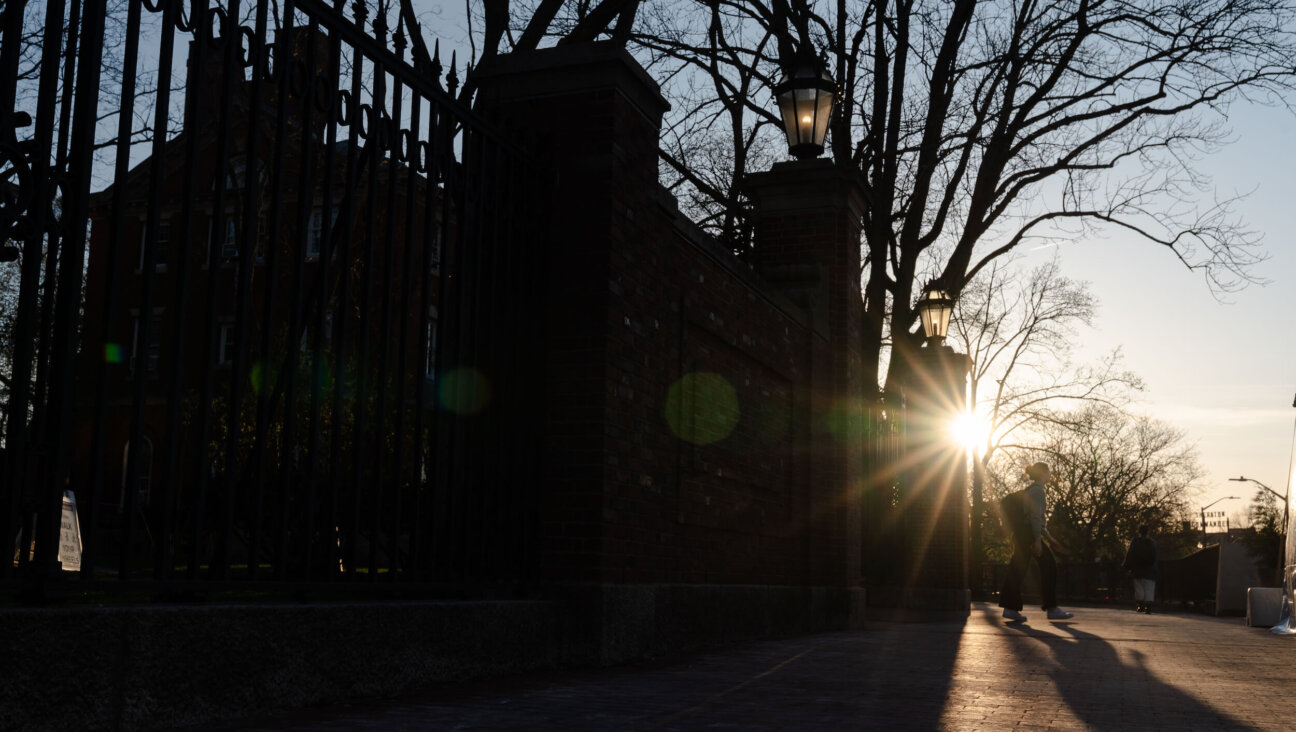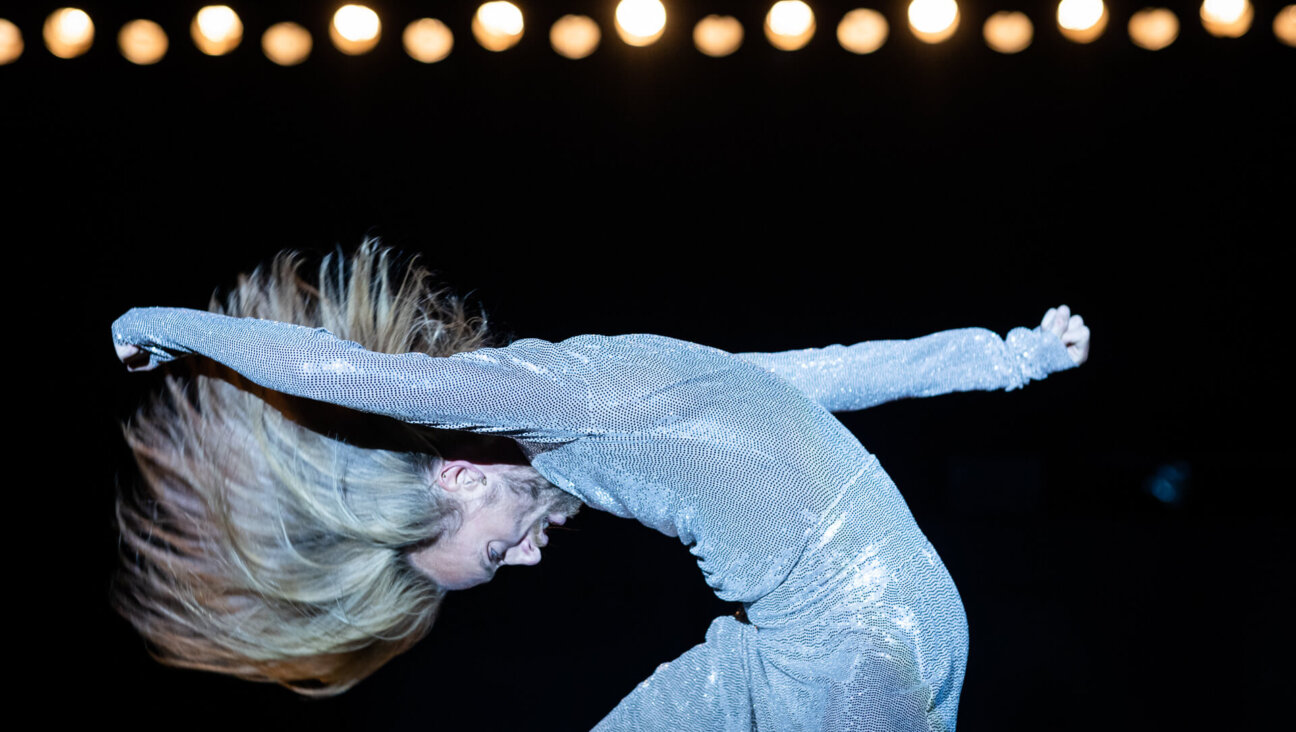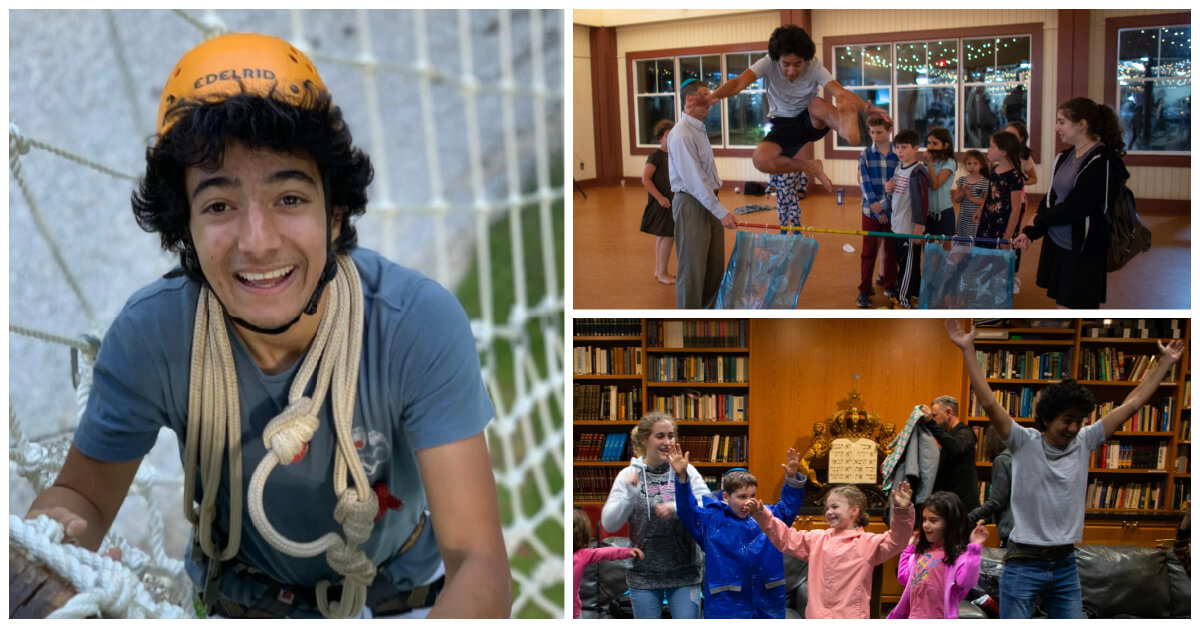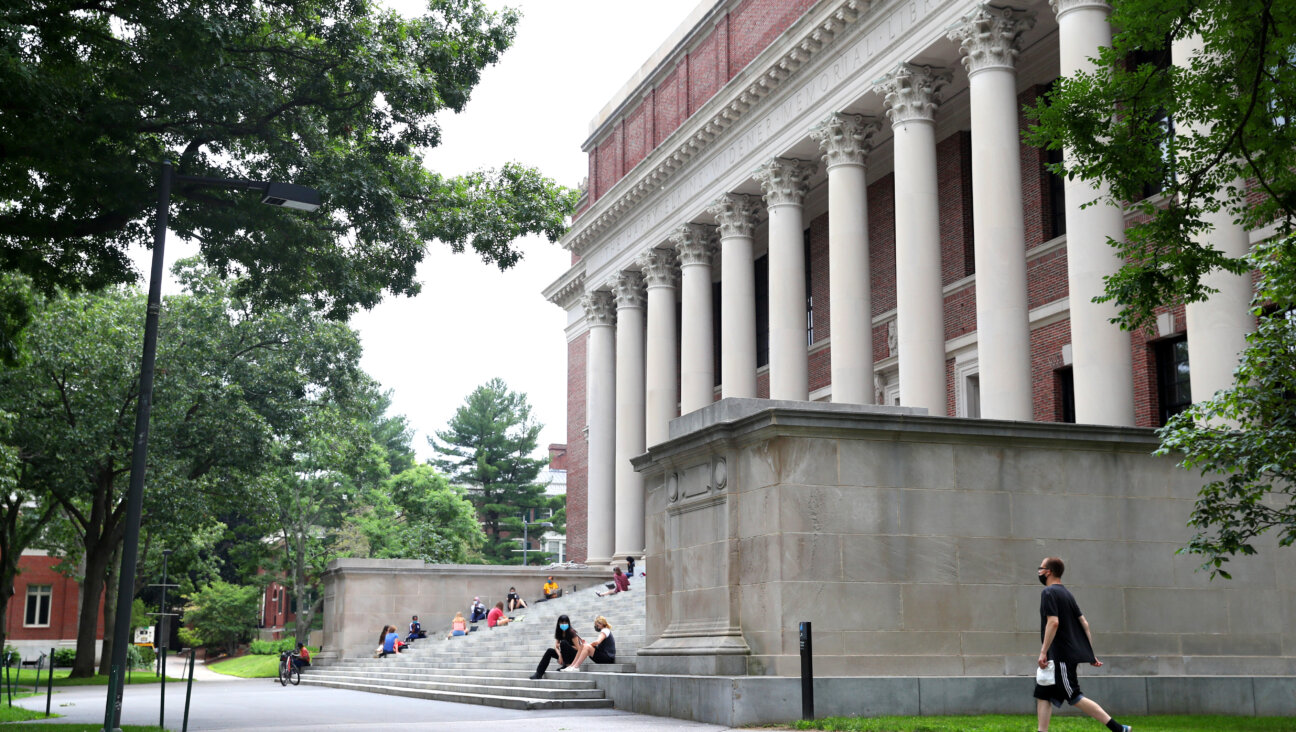A Century Later, Immigrant Story Finds Its Coda
When a young real estate developer acquired some property on Manhattan’s Lower East Side, he figured he’d gotten a deal. But it took some time before recognizing the magnitude of his find.
In 1982, Manhattan’s Lower East Side was not yet the gentrifying wonderland it is today. Judah Klausner was, nevertheless, drawn to the neighborhood’s tenements and their shabby charm. Together with friend Richard Freedman, Klausner bought and renovated a building at the corner of Ridge and Rivington Streets. A year later, the two bought a second building on Ridge Street, and finally they bought the empty lot between their two purchases, at 114 Ridge.
Waiting for the value to increase, Klausner left the plot fallow for the next decade-and-a-half. (His patience would be handsomely rewarded.) But as he began to develop the property, Klausner discovered that he was in possession of the site where his immigrant grandparents had lived almost a century earlier.
While breaking ground on the empty lot, he discovered some buried bricks. Realizing that likely they were once part of a building, he decided to save them. At a family get-together soon thereafter, a cousin informed him that from 1903 to 1905, right after the family’s immigration to the United States, his grandfather and a number of other relatives lived there. The bricks that Klausner saved may once have formed the walls shielding his family.
Klausner’s new building, The Coda, opened in August 2003, just as the neighborhood was booming. “Coda was the first luxury high rise on the Lower East Side,” Klausner said.
Klausner is a musician, and he named the building with a nod toward the area’s musical history. He decorated the lobby walls with scores written by such area Jewish songwriters as Sammy Cahn and Irving Berlin.
While The Coda’s interior is sleek and modern, Klausner adorned the building’s windows with variations on the arched lintels that decorate the windows of the neighboring tenements. The six stone lion heads on the building’s facade are an acknowledgement of Klausner’s great-grandfather Aryeh (Hebrew for lion) Neustadter. A farmer, Neustadter lived in Podkamen, which is located outside Brody, Galicia, once a part of the Austro-Hungarian Empire. After the First World War it was part of the Polish Republic, and since the Second World War it has been part of Ukraine. Though most of Neustadter’s family immigrated to America, he never did.
One final twist remained: Two great-granddaughters of one of the Neustadters who once lived on the street, Sarah and Elena Neustadter, already had spent months in a fruitless apartment search when their mother informed them that their cousin had some property he was looking to rent. Elena coincidentally called Klausner on the day The Coda opened. She went down to the site and was informed by her cousin of the familial connection to the property. After making that discovery, she and her sister determined that “we had to live there.” Elena, who grew up on the Upper West Side and graduated from the Ramaz Upper School, views the process as circular. The descendants of the original immigrants are returning to the Lower East Side. The one big difference: They’re paying a lot more in rent.
Adam J. Sacks, most of whose great-grandparents were avid Forward readers, is currently a New York City Teaching Fellow. He recently served as associate producer on two films in the recent Jewish Museum exhibit on Jewish Women and their salons: “La Juive” and “Sundays at Salka’s.”
The Forward is free to read, but it isn’t free to produce

I hope you appreciated this article. Before you go, I’d like to ask you to please support the Forward.
Now more than ever, American Jews need independent news they can trust, with reporting driven by truth, not ideology. We serve you, not any ideological agenda.
At a time when other newsrooms are closing or cutting back, the Forward has removed its paywall and invested additional resources to report on the ground from Israel and around the U.S. on the impact of the war, rising antisemitism and polarized discourse.
This is a great time to support independent Jewish journalism you rely on. Make a Passover gift today!
— Rachel Fishman Feddersen, Publisher and CEO
Most Popular
- 1

News Student protesters being deported are not ‘martyrs and heroes,’ says former antisemitism envoy
- 2

News Who is Alan Garber, the Jewish Harvard president who stood up to Trump over antisemitism?
- 3

Politics Meet America’s potential first Jewish second family: Josh Shapiro, Lori, and their 4 kids
- 4

Fast Forward Suspected arsonist intended to beat Gov. Josh Shapiro with a sledgehammer, investigators say
In Case You Missed It
-
Fast Forward Jewish students, alumni decry ‘weaponization of antisemitism’ across country
-

Opinion I first met Netanyahu in 1988. Here’s how he became the most destructive leader in Israel’s history
-

Opinion Why can Harvard stand up to Trump? Because it didn’t give in to pro-Palestinian student protests
-

Culture How an Israeli dance company shaped a Catholic school boy’s life
-
Shop the Forward Store
100% of profits support our journalism
Republish This Story
Please read before republishing
We’re happy to make this story available to republish for free, unless it originated with JTA, Haaretz or another publication (as indicated on the article) and as long as you follow our guidelines.
You must comply with the following:
- Credit the Forward
- Retain our pixel
- Preserve our canonical link in Google search
- Add a noindex tag in Google search
See our full guidelines for more information, and this guide for detail about canonical URLs.
To republish, copy the HTML by clicking on the yellow button to the right; it includes our tracking pixel, all paragraph styles and hyperlinks, the author byline and credit to the Forward. It does not include images; to avoid copyright violations, you must add them manually, following our guidelines. Please email us at [email protected], subject line “republish,” with any questions or to let us know what stories you’re picking up.











